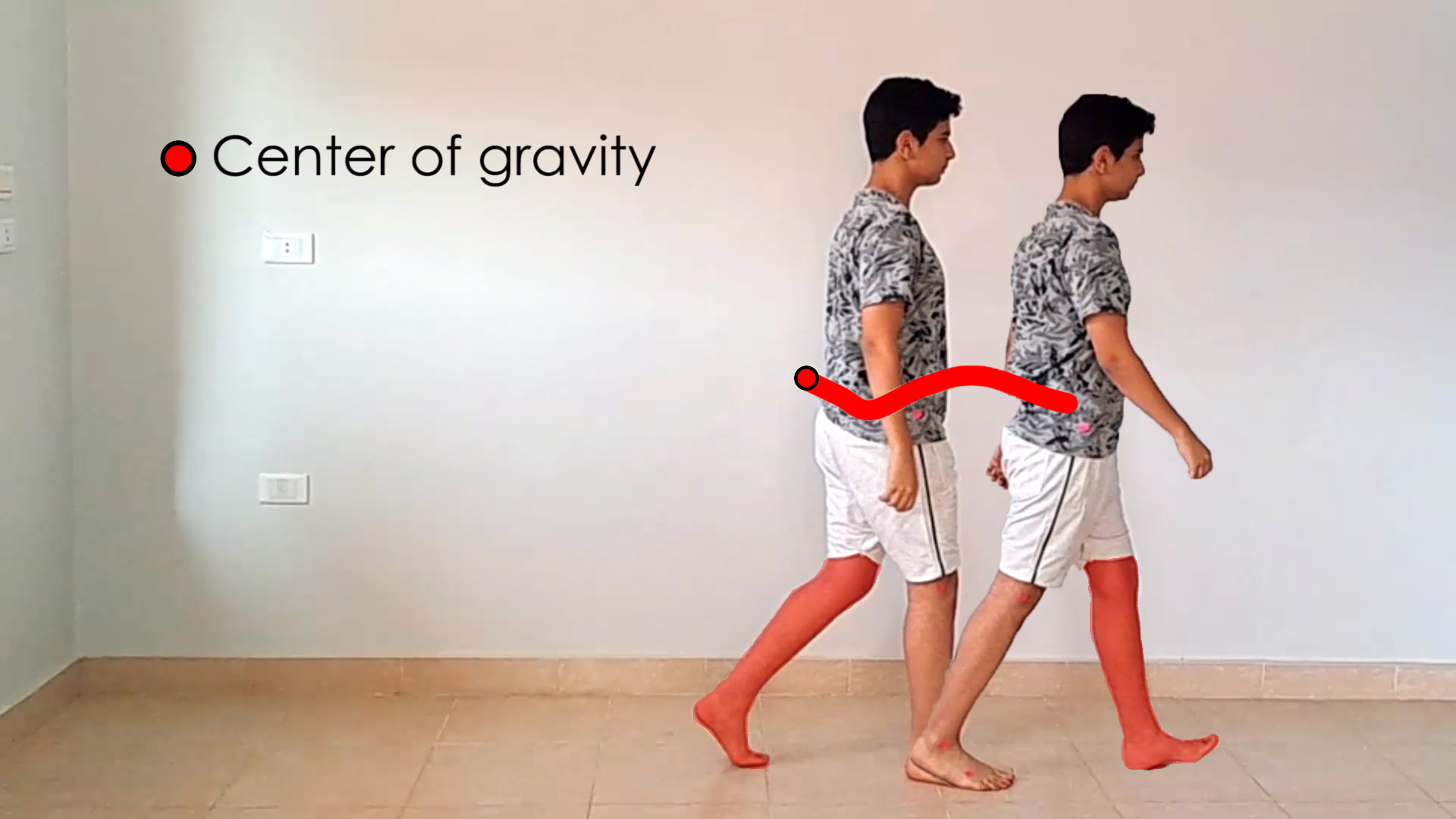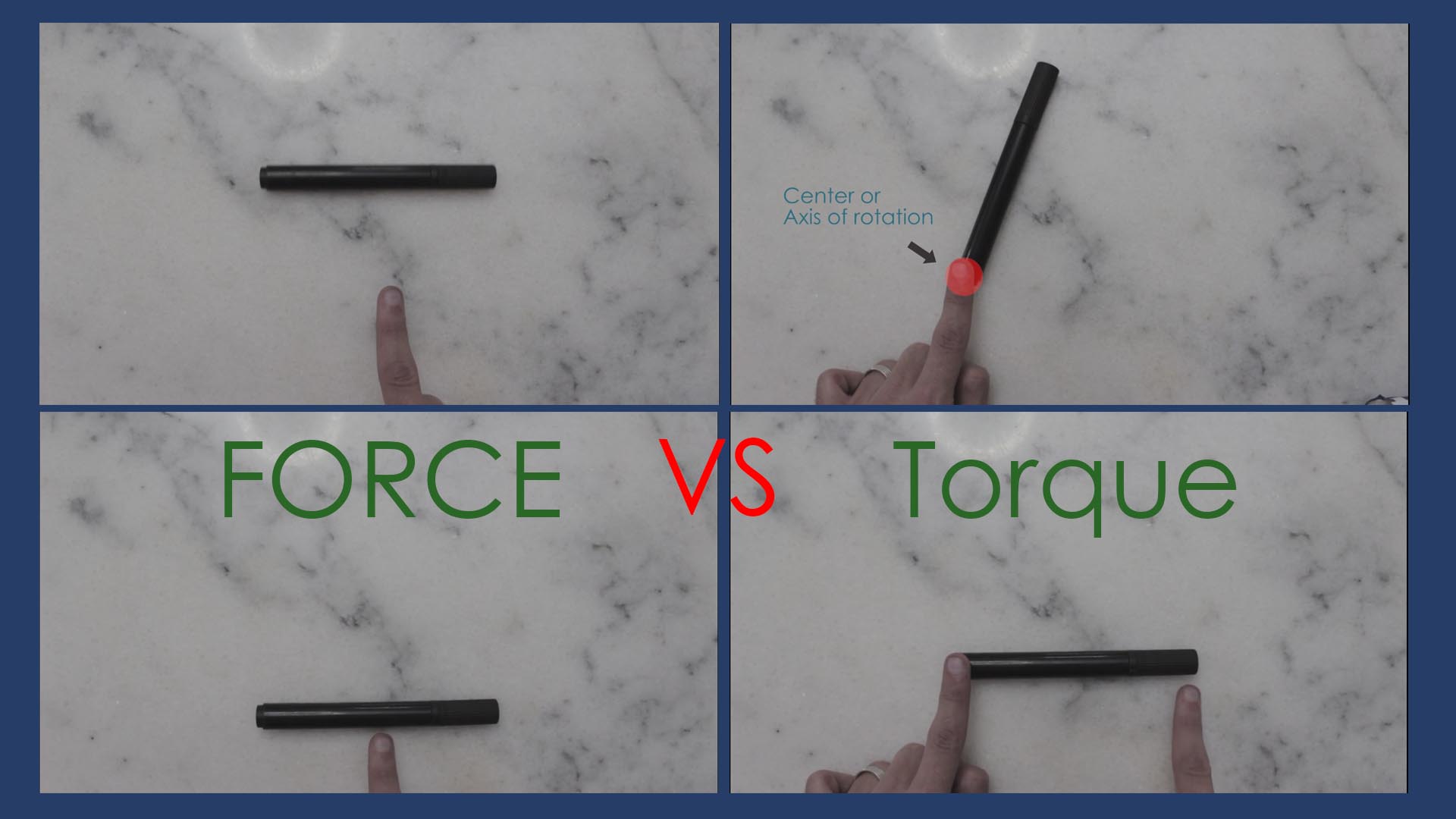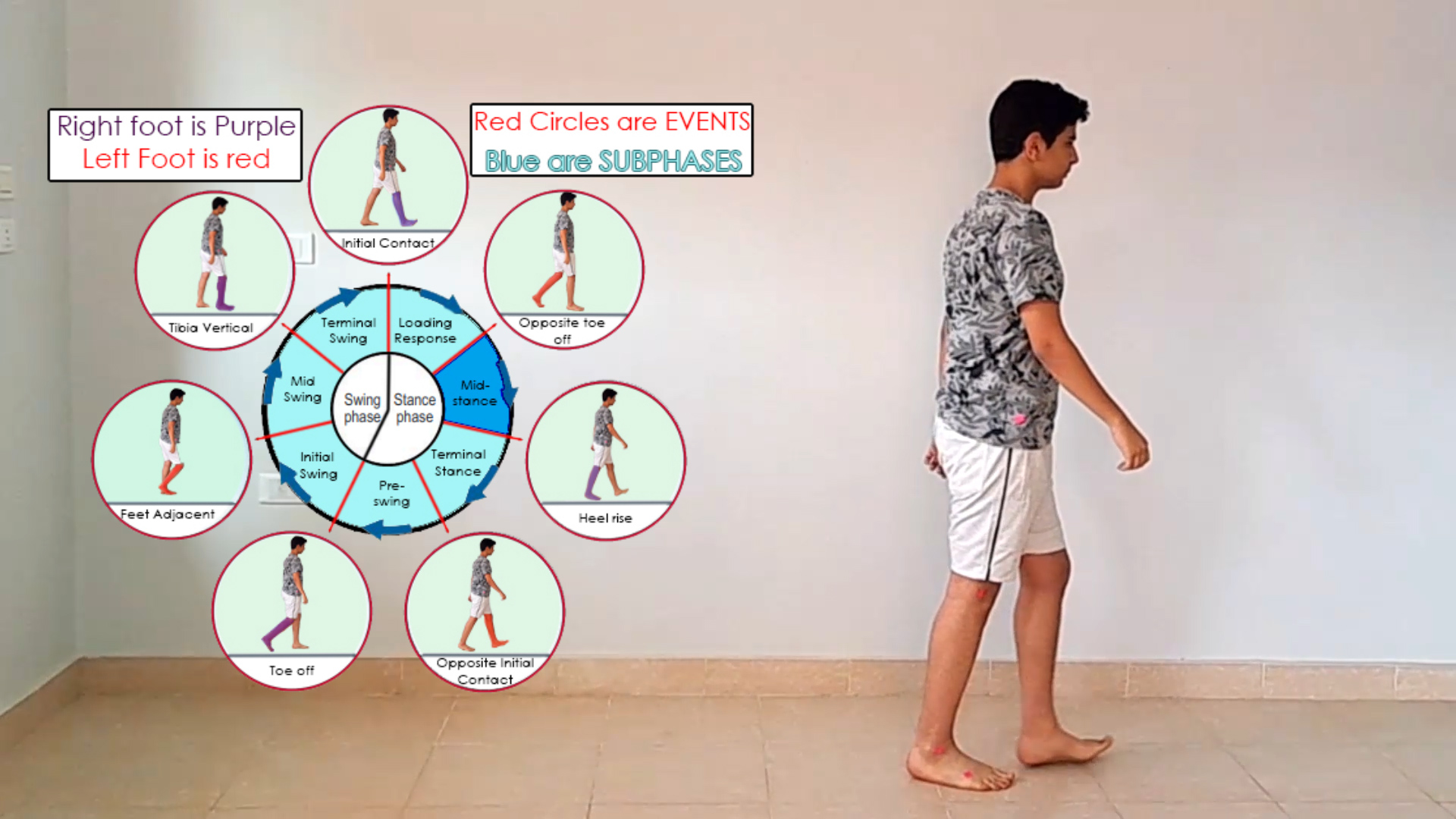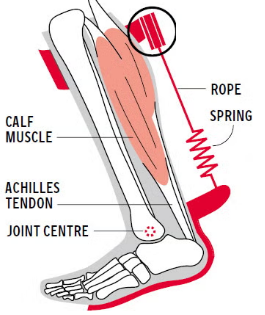The Six Determinants of the Gait Cycle
Hello everyone! Welcome to another deep dive into the fascinating world of human movement. Today, we’re unraveling the six determinants of the gait cycle. These subtle, yet powerful, adjustments our bodies make to optimize walking efficiency and reduce energy expenditure. By understanding these principles, we can appreciate how our bodies are designed to keep us moving effortlessly.
Understanding the Basics
Before we dive into the six determinants, it’s crucial to understand how our body moves during gait. The key idea here is reducing the movement of our center of gravity (COG). This reduction minimizes muscle activity and energy expenditure, enabling us to walk longer without fatigue.
The Six Determinants of the Gait Cycle
1. Pelvic Rotation
Imagine your pelvis as a horizontal line connecting your legs. During walking, the pelvis rotates in the transverse plane, helping to minimize the drop of the COG. This rotation is particularly beneficial during the loading response phase, when knee flexion would otherwise cause a significant drop in the COG. By rotating the pelvis, we effectively reduce this drop, conserving energy.

2. Pelvic Obliquity (Pelvic Tilt)
Pelvic obliquity refers to the movement of the pelvis in the frontal plane, often seen as a tilt. This movement helps to reduce the rise of the COG during mid-stance. During early stance, one side of the pelvis drops slightly, controlled by the gluteus medius muscle, and then rises again. This subtle movement helps to keep the COG lower, reducing energy expenditure.

3. Stance Phase Knee Flexion
During mid-stance, a slight knee flexion (about 5 degrees) helps lower the body and the COG. This flexion works in tandem with pelvic tilt to minimize the rise of the COG. By keeping the knee slightly bent, we maintain a lower COG, which means less energy is required for walking.

4. Ankle Mechanism
The position of the ankle during initial contact plays a critical role in maintaining the COG. By dorsiflexing the ankle (lifting the toes upwards) at the point of heel contact, we effectively lengthen the leg and prevent the COG from dropping too much. This mechanism helps smooth out the gait cycle, making it more efficient.
5. Foot Mechanism
During pre-swing, the foot plantarflexes (toes pointing downwards), lengthening the leg and raising the COG slightly. This action helps to reduce the drop of the COG at the end of the stance phase, ensuring a smoother transition and less energy expenditure.
6. Lateral Displacement of the Pelvis
The sixth determinant involves the lateral displacement of the pelvis. Our knees are naturally positioned in a slight valgus (inward angling), which helps reduce the lateral movement of the COG. Without this angulation, our COG would shift massively side-to-side, requiring more energy. The physiological valgus of the knees keeps the COG movement minimal, making walking more efficient.

Bringing It All Together
By understanding and visualizing these six determinants, we can see how each component works to minimize the movement of the COG. This intricate coordination ensures that our walking is as efficient as possible, conserving energy and reducing fatigue.
If you’re passionate about gait analysis, biomechanics, and the intricate details of human movement, check out my comprehensive course on Udemy: Comprehensive Gait Analysis: Understanding Human Locomotion. Dive deeper into these concepts and enhance your skills as a physical therapist, physical trainer, or sports massage therapist.
Remember, the more we understand about our bodies, the better we can optimize performance and prevent injuries. Happy learning and keep moving!






